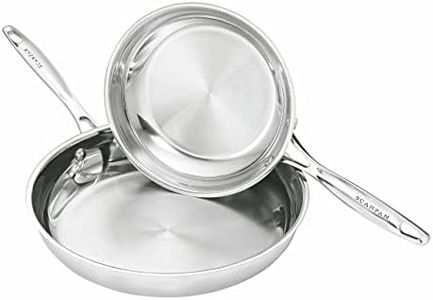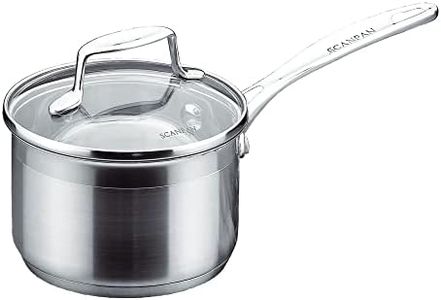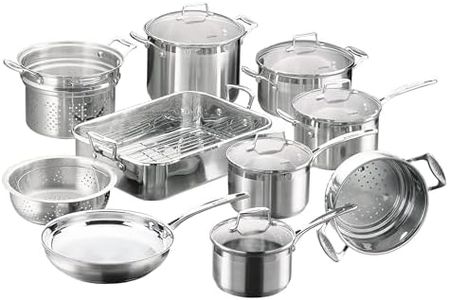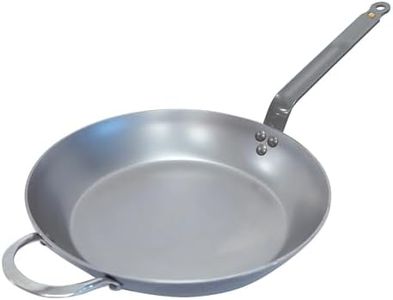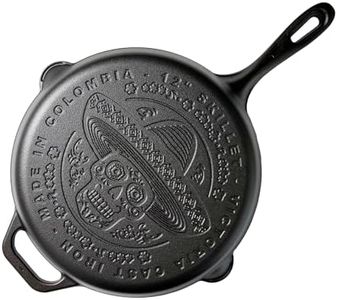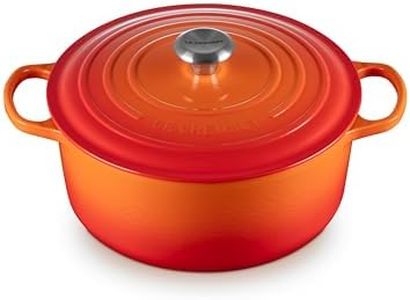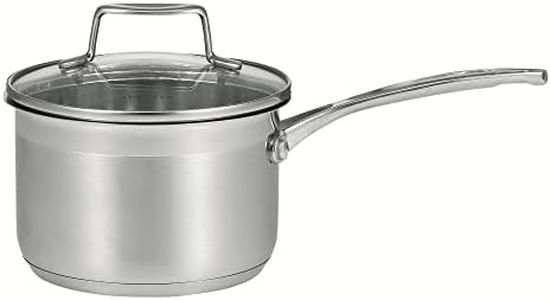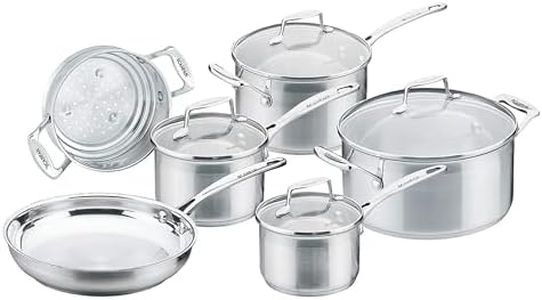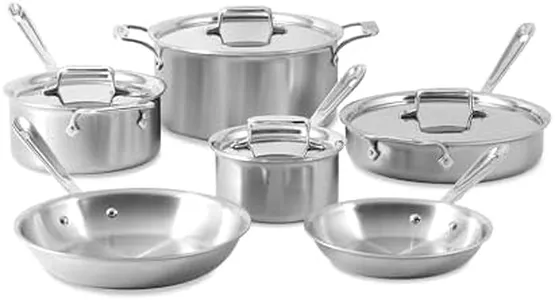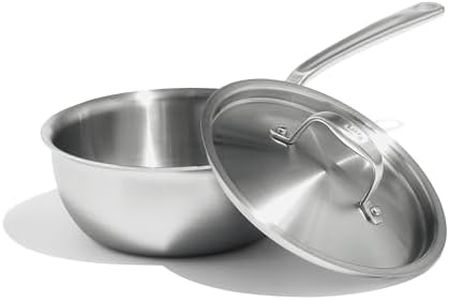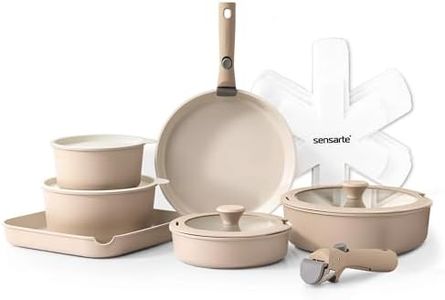We Use CookiesWe use cookies to enhance the security, performance,
functionality and for analytical and promotional activities. By continuing to browse this site you
are agreeing to our privacy policy
10 Best Chemical Free Cookware
From leading brands and best sellers available on the web.By clicking on a link to a third party's website, log data is shared with that third party.
Buying Guide for the Best Chemical Free Cookware
Selecting chemical-free cookware is an excellent decision for anyone wanting to keep their food preparation safe and minimize exposure to potentially harmful substances. Cooking equipment can be made from a variety of materials, some of which may leach unwanted chemicals into your food, especially at high temperatures. The main goal when shopping for chemical-free cookware is to choose materials known for their purity, durability, and non-reactivity. As you search, consider your typical cooking habits and what kind of maintenance you're willing to perform to keep your cookware in good condition.Material TypeMaterial type is the most important factor in chemical-free cookware since it determines whether harmful substances could come into contact with your food. Common safe materials include stainless steel, cast iron, pure ceramic, and glass. Stainless steel doesn't have any non-stick coatings and is very stable, while true cast iron (uncoated) ensures no added chemicals are present. Pure ceramic and glass are some of the purest forms, offering non-porous and inert surfaces. Avoid cookware with non-stick coatings or unknown metal alloys. The right choice for you will depend on your primary cooking methods: cast iron is great for searing, ceramic for gentle baking, and stainless steel for everyday versatility.
Coating or Surface TreatmentCoating refers to any layer added to cookware, such as non-stick finishes or enamel. Some coatings may contain substances like PTFE or PFOA, which can degrade and release chemicals under heat. For a chemical-free kitchen, look for cookware without any non-stick or synthetic coatings. If you prefer easy-release surfaces, seasoned cast iron develops its own natural non-stick layer, and some natural ceramic options are naturally slick. Your choice depends on how much non-stick performance you require and your maintenance preferences: uncoated surfaces might need oiling or careful cleaning.
ReactivityReactivity describes how likely a material is to interact with acidic or alkaline foods, potentially altering taste or leaching substances into your meal. Stainless steel and glass are generally non-reactive, meaning they are safe with tomato sauces, citrus, or wine. Bare cast iron can react with acidic foods, imparting a metallic taste, but this is minimized in well-seasoned pans. If you cook a lot of acidic dishes, prioritize materials described as 'non-reactive.'
Ease of Cleaning and MaintenanceSome chemical-free cookware types, like cast iron or pure ceramic, require more attentive cleaning and care to avoid rust or chipping, while stainless steel and glass are usually easier to maintain. If you prefer low-maintenance cookware, choose stainless steel or glass, which can often go straight into the dishwasher. Those willing to put in a bit more care might enjoy the rewards of cast iron, which needs occasional seasoning, or ceramic, which requires gentle handling.
Durability and LongevityThe lifespan of your cookware affects how often you have to replace it—and chemical-free materials like stainless steel, cast iron, glass, and pure ceramic can all last for many years if cared for properly. Cast iron and stainless steel are nearly indestructible, while glass and ceramic require cautious handling to avoid breakage or chipping. Consider how rough your use tends to be and how much storage space you have, since sturdier items might be heavier and bulkier.


